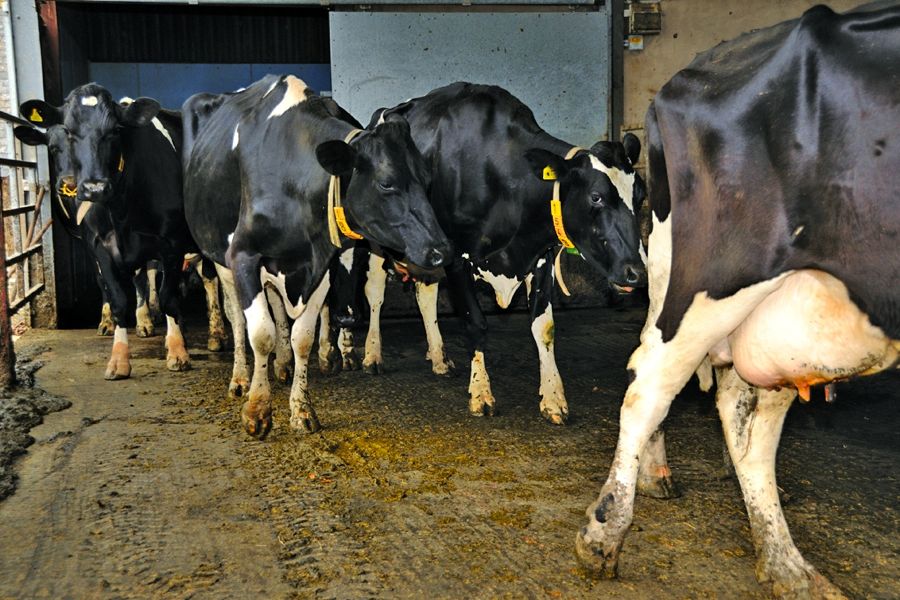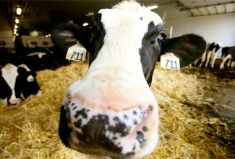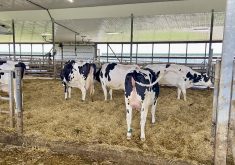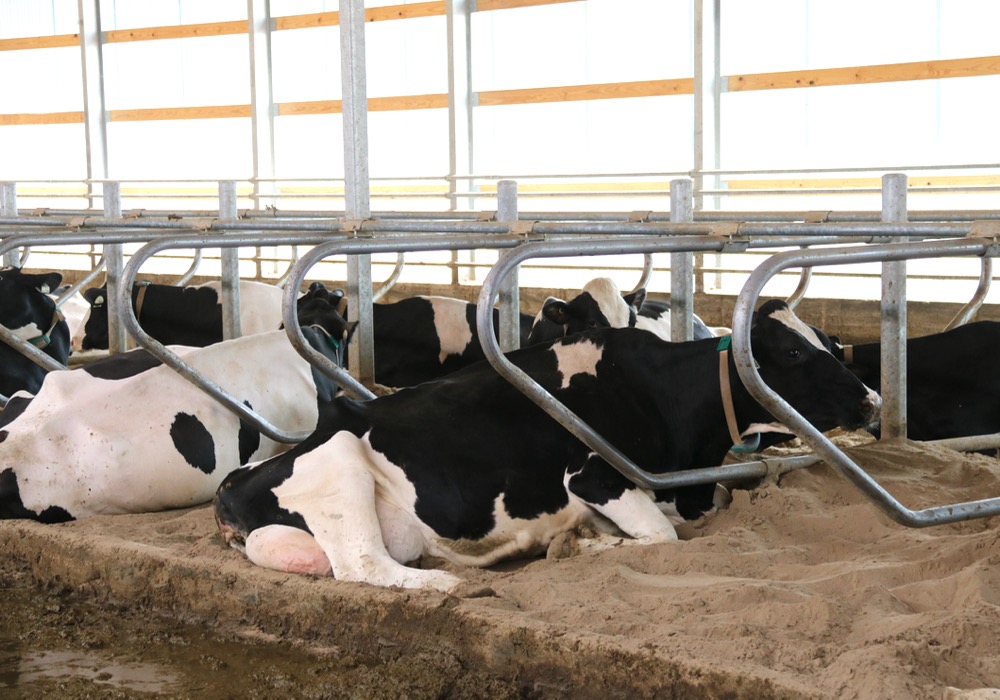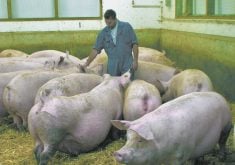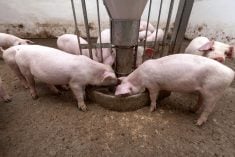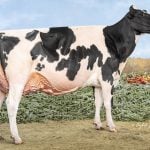For dairy cows, the transition period — the time between a cow giving birth and beginning to produce milk — brings the greatest possibility of health problems.
The current widespread belief is that the effects of excess nonesterified fatty acids (NEFA) in the bloodstream and the ensuing hyperketonemia during this period, coupled with low levels of available calcium, are largely responsible for disorders such as mastitis, metritis, retained placenta, and poor fertility.
Much attention has therefore been devoted to regulating NEFA and calcium levels in transition cows. But all of these efforts have not made the transition period less of a challenge to cows (and therefore to farmers), with approximately 75 per cent of disease occurring during the first months postpartum.
Read Also

Lactanet dairy transition index wins innovation award
Lactanet’s new Transition Management Index creates one metric that allows dairy farmers to compare the quality of the transition from dry to milking cow across their herd.
Dairy producers literally pay the price in terms of reduced milk production, costs of treatment, early culling of cows, reduced reproductive abilities, and animal welfare.
In a new review in the Journal of Dairy Science, a team from the Iowa State University Department of Animal Science led by Lance H. Baumgard, PhD and Norman L. Jacobson, Endowed Professor in Dairy Nutrition, critically examines the current accepted understanding of cow health during the transition period. Their findings call into question the methods and conclusions of a large body of previous research and how such work has been applied in the dairy industry.
“During the last 50 years, dairy scientists have increasingly viewed elevated circulating NEFA and ketones and hypocalcemia as pathological and causal toward negative outcomes,” Baumgard said.
The team found that this tenet is largely based on observational studies, epidemiology, correlations, and ex vivo immune cell function assays.
“It is becoming increasingly evident that periparturient diseases and disorders cannot be explained by the severity of changes in these simple metabolites. Interpreting biomarkers as causal agents of metabolic disorders deviates from the purpose of epidemiological studies,” Baumgard said. In their review of previous research, Baumgard and colleagues emphasized the fundamental scientific principle that “correlation does not equal causation.”
Examining data both from dairy cows and across species, the team concluded that post-calving changes to energetic and calcium metabolism reflect normal biological processes.
Healthy animals use these processes to maximize milk production. In other words, conditions that have been widely regarded as indicating poor health may in fact represent normal and even advantageous functions — and some of the ways in which the challenges of the transition period are addressed may actually make problems worse.
Unhealthy cows (those with metritis and mastitis for example) use similar processes to support an effective immune system. Thus, the unhealthy cow and high-producing healthy cow share similar metabolic profiles.
Baumgard and colleagues provide a basis for further investigating this perspective, with the suggestion that future research might focus on preventing immune system activation in cows, thereby reducing the negative effects of inflammation.
Proceeding thus, with careful attention to scientific rigour, they hope to make progress in overcoming the transition cow health problems that remain key obstacles to profitable dairy farming and improving overall agricultural sustainability.



